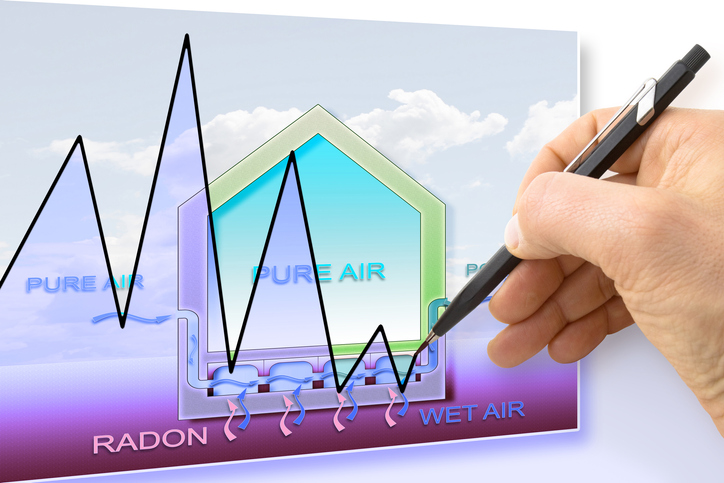Tuesday, January 24, 2017
By John Voket Homeowners should make sure they and their families are safe from the dangerous effects of radon. The EPA encourages everyone to have their homes tested - here's why.
Homeowners should make sure they and their families are safe from the dangerous effects of radon. The EPA encourages everyone to have their homes tested - here's why.The EPA defines radon as a gaseous, toxic radioactive element that comes from the natural decay of uranium in nearly all soils. It typically moves up through the ground to the air above and into your home through cracks and other holes in the foundation.
Your home can trap radon inside, where it can build up. New and old homes, well-sealed and drafty homes, and homes with or without basements can be affected.
You can’t see, smell or taste radon, but it could be present at a dangerous level in your home. Radon is the number one cause of lung cancer among non-smokers, according to EPA estimates, and overall, radon is the second leading cause of lung cancer.
The EPA recommends that you have your home tested, which is easy and inexpensive. Find a professional in your area or purchase your own test kit.You can find a radon test kit order form online along with a coupon. Some home improvement stores also sell radon test kits. Follow the directions on the package for where to place the device in your home and where to send it to receive your reading.
If you'd prefer to have a professional inspect your home, find out who your state radon contact is and the particular requirements for your state. Your state may also be able to provide you with a list of certified contractors.
If you're considering a new home, look for builders who use radon-resistant new construction. Fuad Reveiz of the National Association of Home Builders says building techniques to prevent radon from entering a home are practical, straightforward and an inexpensive way to offer families a benefit that could reduce their risk of lung cancer.
Visit www.epa.gov/radon for more details on radon and how to prevent it from risking your family's health.
RISMedia welcomes your questions and comments. Send your e-mail to: realestatemagazinefeedback@rismedia.com






